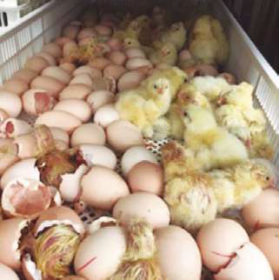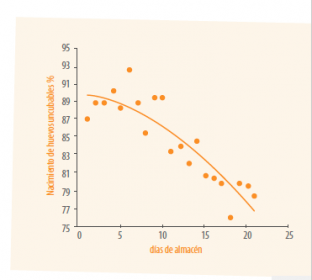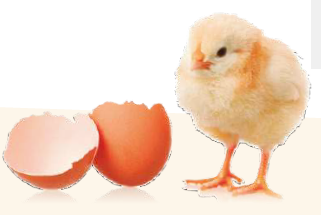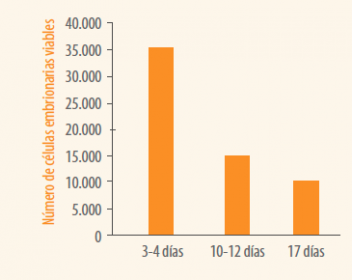Content available at: Español (Spanish)

Hatchable eggs: The storage of hatchable eggs, in addition to the loss of hatch levels, among all the negative effects that prolonged storage can bring for incubation, is the increase in early and late embryonic mortality, as well as the delay in the hatching time and the poor quality of the chick produced.
The year 2020 started very well concerning the global poultry industry, with great opportunities to increase chicken meat and exports consumption. The first COVID-19 cases reported in December 2019 resulted in major consequences for the poultry industry around the world.
The closure of fast-food chains in many countries and other crises caused by the virus generated a significant decrease in meat consumption and, therefore, negatively affected the broiler chain. Consequently, the volume of chicken slaughter has decreased, bringing a decrease in the number of chicks housed.
All this has affected the routine of many hatcheries in the world since, with the reduction of chick housed, there was a reduction of egg incubation with the consequent increase in the number of stored hatchable eggs.
The industry has had to handle these large volumes of eggs, since storing hatchable eggs for long periods results in losses in the incubation process, especially with low hatch levels, as shown in the following graph:

Estimated Loss of Births
according to the warehouse days of
Eggs – Aviagen Internal data

In addition to the loss of birth levels, among all the negative effects that prolonged hatching egg storage can bring for incubation is the increase in early and late embryonic mortality and the delay in the time of birth, and the poor quality of the chick produced. Above all, it is important to know the events that occur during the storage of the eggs to be able to apply practices that help reduce possible losses.
Of course, storage for a specific period of time is important for embryonic development to occur properly. During this period of egg storage, some physical-chemical changes occur, and these are essential for the enzymes that trigger embryonic development to be activated.
After the start-up, the gaseous exchange begins, with the entry of Oxygen (O2) and exit of Carbon Dioxide and water (CO2 and H2O) through the eggshell pores. With this, there is an important change in the PH (especially of the albumen) that increases from 7.6 to 9.0, creating a favorable environment for the activation of enzymes and the triggering of embryonic development.
- However, there is a limit to how beneficial these changes are for embryonic development.
- If we store eggs for more than 5 days, the intensification of these changes generates events that lead to damage to the structure of the egg and the embryo.
- The main negative effect of storage will be on the number of viable embryonic cells to start development.
There is a significant reduction in the number of Viable Cells in the Germinal Disk with storage due to apoptosis, as shown in the figure below:

Reduction of the number of Viable Cells in the germ disk with storage (apoptosis).
Source: Murray Bakst / Dinah Nicholson
The reduced number of cells prevents the embryos from sustaining their development adequately or from increasing their metabolism to complete development so that we will have more early embryonic mortality and the birth of delayed and poor-quality chicks.
The main changes that these embryonic cell losses generate are:
- Albumen deterioration
Due to the excessive change in PH and dehydration, the deterioration of
Keep up to date with our newsletters
Receive the magazine for free in digital version
REGISTRATION
ACCESS
YOUR ACCOUNT
LOGIN
Lost your password?










